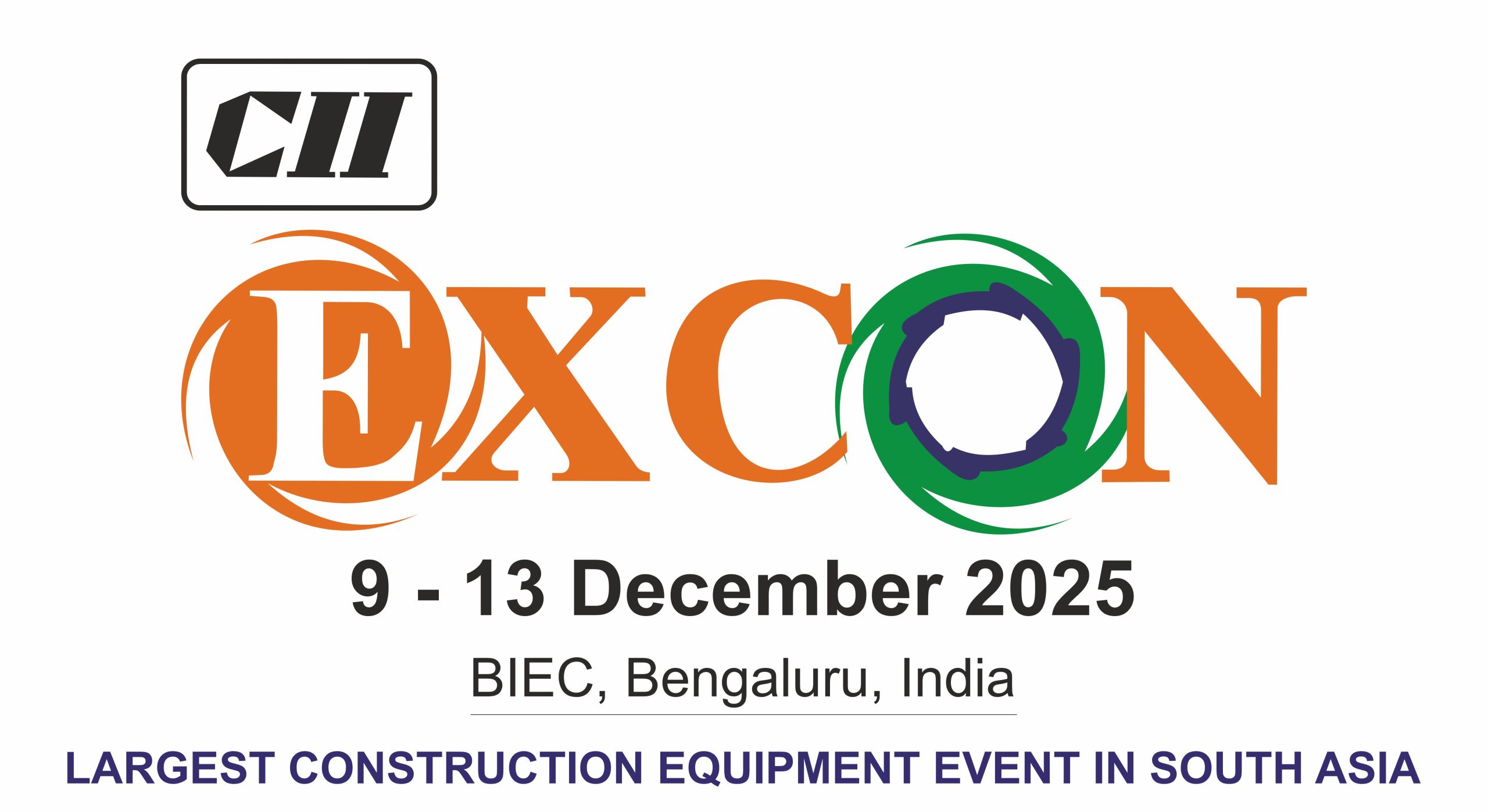India’s urban landscape is undergoing a transformative shift, driven by strategic investments in smart infrastructure and comprehensive policy reforms. These initiatives aim to address the challenges posed by rapid urbanisation, ensuring sustainable and inclusive growth across the nation’s cities.
Smart Infrastructure Initiatives
The Smart Cities Mission, launched in 2015, is at the forefront of this transformation. As of January 2025, 7,479 out of 8,058 tendered projects have been completed, utilizing ₹150,002 crores of the total ₹164,368 crore allocated . These projects focus on enhancing urban mobility, waste management, water supply, and energy efficiency, integrating technology to improve the quality of life for urban residents.
In addition to the Smart Cities Mission, the Atal Mission for Rejuvenation and Urban Transformation (AMRUT) focuses on providing basic infrastructure services in cities, including water supply, sewerage, and green spaces . These initiatives are complemented by the National Infrastructure Pipeline, which aims to invest ₹1.97 lakh crore in urban infrastructure projects by 2025 .
Policy Reforms for Sustainable Urbanisation
To support these infrastructure developments, the Indian government has implemented several policy reforms. The National Broadband Mission (NBM) 2.0, launched in 2025, aims to extend high-speed broadband connectivity to 2.70 lakh villages by 2030, enhancing digital inclusion and supporting smart city initiatives .
Furthermore, the Delhi Master Plan 2041 proposes the urbanisation of 48 rural villages, providing them with urban amenities such as paved roads, reliable water supply, and healthcare facilities . Similarly, Bihar’s Chief Minister’s Comprehensive Urban Development Scheme (CMCUDS) has laid the foundation for 1,327 urban infrastructure projects worth ₹1,002 crore, aiming to enhance urban infrastructure across all 38 districts of Bihar .
Challenges and the Path Forward
Despite these advancements, challenges remain. The Economic Times editorial highlights that some cities, such as Bengaluru and Pune, have faced severe waterlogging after pre-monsoon showers, undermining the ‘smart’ label associated with them. This underscores the need for consistent maintenance and management of urban infrastructure to ensure its effectiveness .
Looking ahead, the integration of smart infrastructure with effective policy reforms will be crucial in steering India’s cities through the urbanisation storm. By addressing infrastructure gaps and implementing inclusive policies, India can pave the way for sustainable urban development that meets the needs of its growing urban population.









